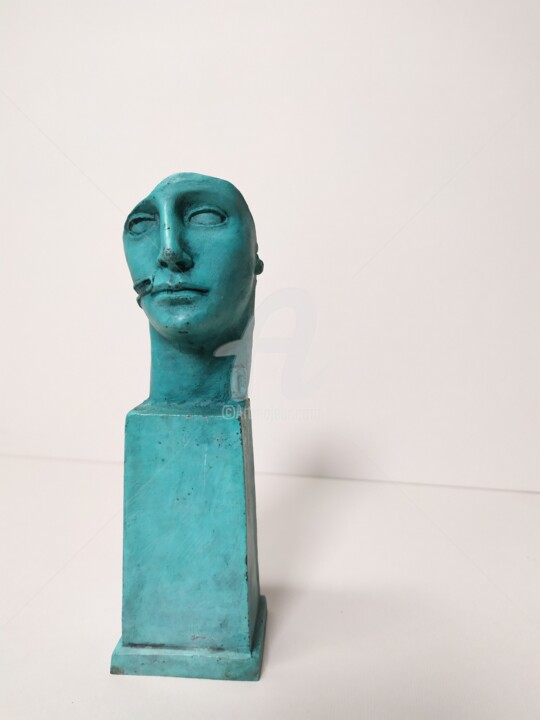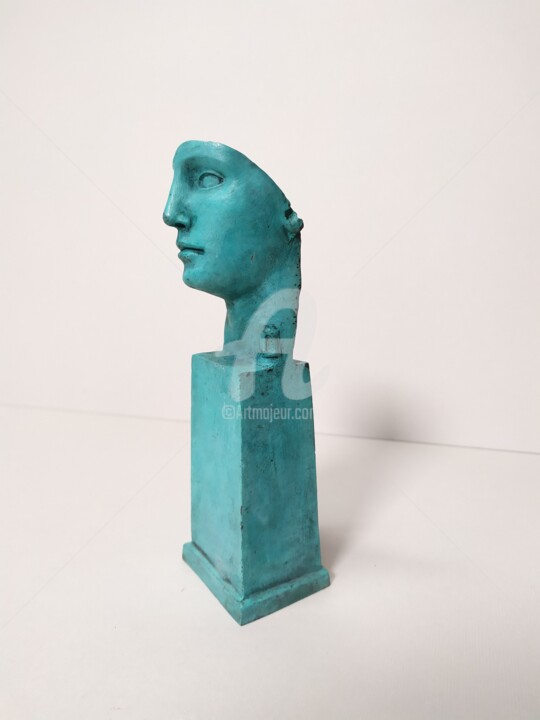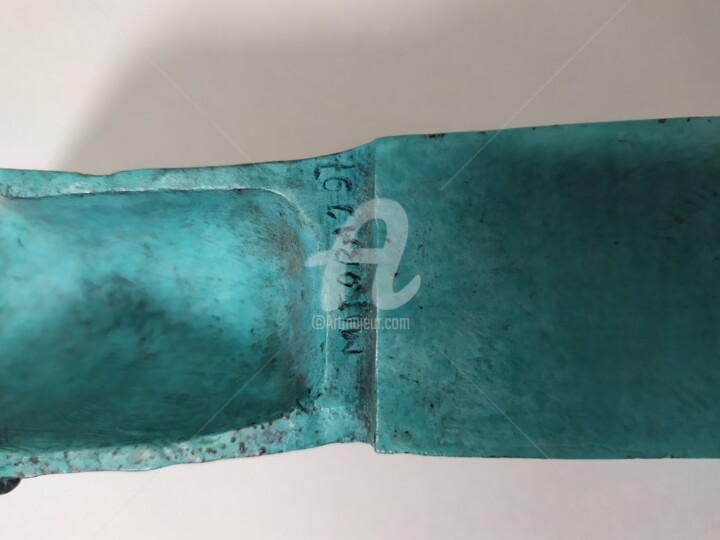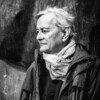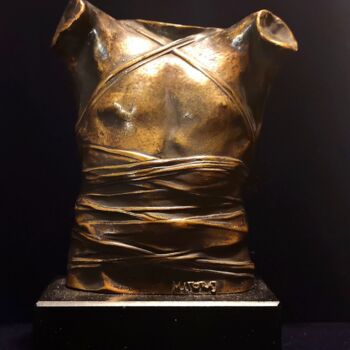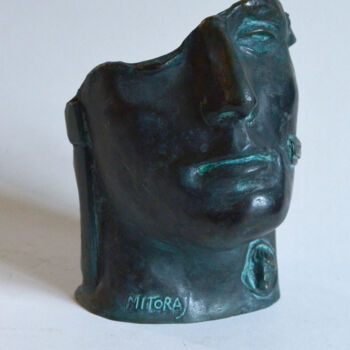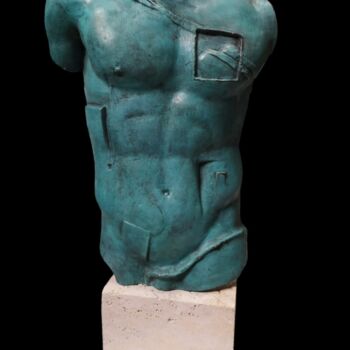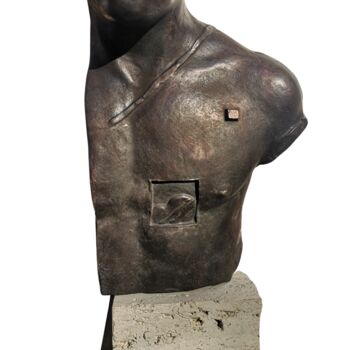TINDARO (1997) Sculpture by Igor Mitoraj
Not For Sale
Sold by Igor Mitoraj
-
Limited Edition (#3/900)
Sculpture,
Bronze
- Dimensions Height 7.1in, Width 2.2in / 3.00 kg
- Artwork's condition The artwork is in perfect condition
- Fit for outdoor? No, This artwork can not be displayed outdoor
- Categories Sculptures under $5,000 Figurative Spirituality
The artist made a sculpture in the style of realism. This trend has been present in art since the 17th century, and since the 1970s it has been returning as hyperrealism, that is, an extremely detailed depiction of real visual forms.
The main theme of the work is man. It is a topic that has been appearing in art continuously since the time of the first drawings on the walls of caves. Human profiles appeared in various contexts: from aesthetic to political-social and propaganda.
The atmosphere of the sculpture can be described as calm, combined with the atmosphere of meditation, contemplation of a work of art and is achieved through minimalist compositions or subdued colors.
Related themes
Igor Mitoraj (1944-2014) was a contemporary Polish sculptor. He is considered as one of the most internationally recognized Polish sculptors, and known for his fragmented human body sculptures often constructed for large-scale public installations.
Mitoraj's sculptural style was classically inspired, with a strong emphasis on the well-modeled torso. His works frequently try to confront problems about the human body, its beauty and fragility, its sorrow, as well as deeper parts of human nature that degenerate over time.
In 2005 Igor Mitoraj received the Golden Medal of Medal for Merit to Culture - Gloria Artis and in 2012 he received the Commander's Cross of the Order of Polonia Restituta.
-
Nationality:
POLAND

- Date of birth : unknown date
- Artistic domains: Represented by a Gallery,
- Groups: Contemporary Polish Artists Artists presented by a gallery

